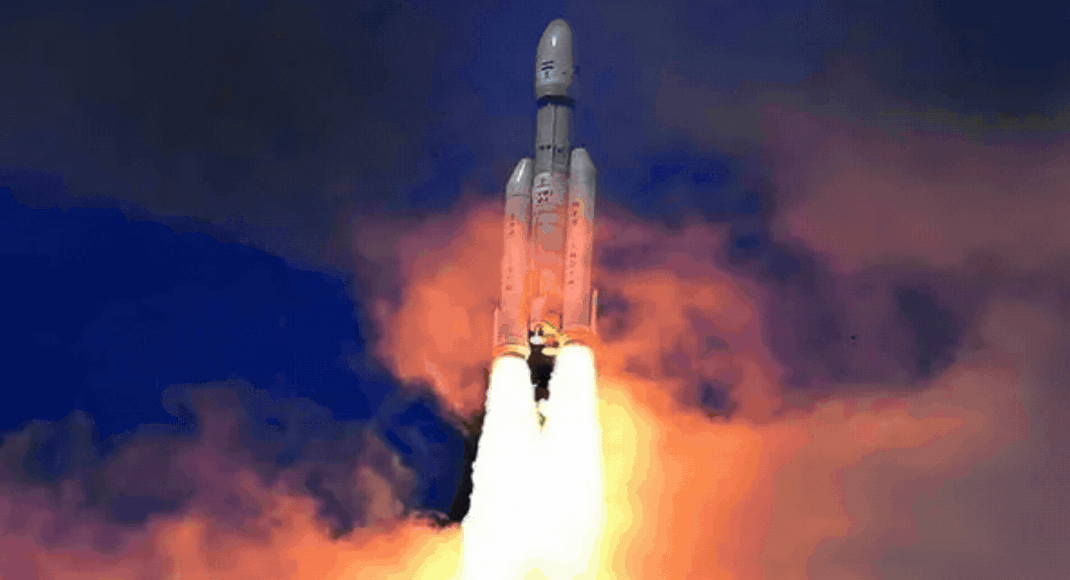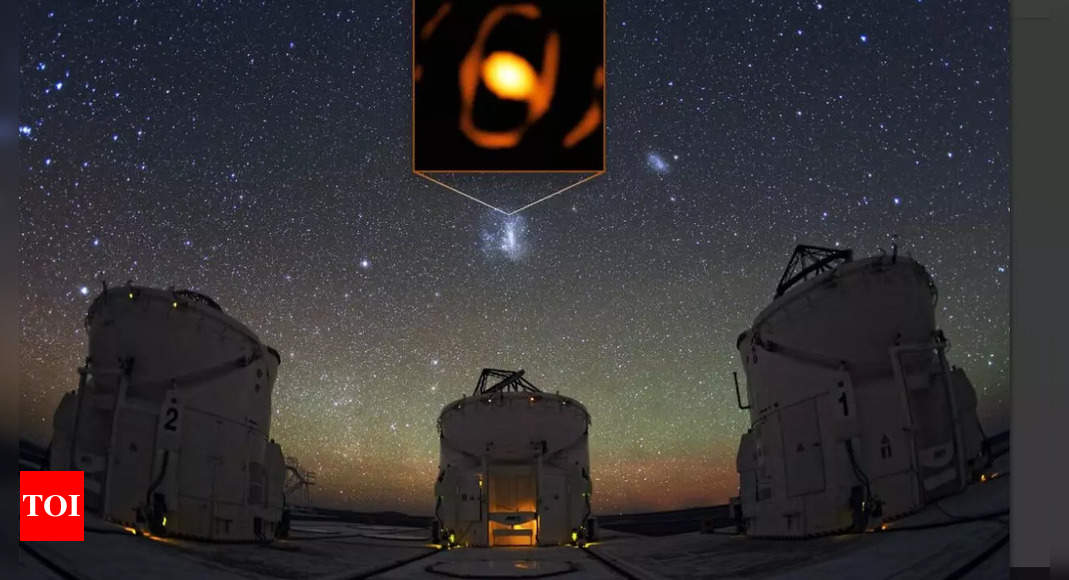
This marks the first collection of seismic data from Moon’s southern polar region and the first such data anywhere on the lunar surface since the Apollo era.This experiment by Instrument for Lunar Seismic Activity (ILSA), a scientific instrument aboard Vikram lander, was conducted at the landing site of 69.37° South and 32.32° East.
ILSA, which operated for 190 hours between Aug 24 and Sept 4, 2023, is the first instrument to record ground accelerations from the south polar region of Moon and the first on the lunar surface that employed sensors fabricated by silicon micromachining technology.
The findings have been analysed and published by a group of Isro researchers in ICARUS, a scientific journal dedicated to the field of planetary science.
The paper has been published by J John, V Thamarai, Teena Choudhary, MN Srinivasa, Ashwini Jambhalikar, MS Giridhar, Madan Mohan Mehra, Mayank Garg, KV Shila, Krishna Kummari, SP Karantha, Kalpana Arvind and KV Sriram, from Isro’s Laboratory for Electro-Optics Systems (LEOS) in Peenya, Bengaluru.
LEOS director Sriram told TOI: “Of the more than 250 seismic events recorded, approximately 200 signals correlate to known activities involving Pragyan’s movements or the operation of scientific instruments, the 50 others do not have any explanation. There needs to be further studies to understand what may have caused these activities.”
From Lunar Landing To Taking Humans To The Moon, How Chandrayaan-3 Propels ISRO’s Ambitions
Correlated Events
Researchers say the longest and relatively large amplitude (maximum extent of a vibration or oscillation, measured from the position of equilibrium) records from ILSA are those corresponding to Pragyan’s navigation. The longest continuous signal record lasts for 14 minutes.
About 60 signals catalogued correspond to Pragyan’s movement controlled by ground commands. The rover that weighed about 25kg had six wheels and was driven with motors. It moved at a typical speed of 1 cm per second. The dynamics of the rover and the wheel-soil interaction had been a source of complex ground vibration signal input to ILSA.
“As the distance of the rover from ILSA was increased, there had been a systematic reduction in the amplitude of the signal under normal roving conditions. For example, when the rover was away from the lander by around 7m, the average peak to peak amplitude was around 200 μg (microgravity). This amplitude was halved when the distance became 12m and was one order less when the separation was 40m,” the paper, accessed by TOI, reads.
Distinct Activity
Researchers further said that any event that could be classified as deep quake or shallow quake was beyond the targeted objectives and design specifications of ILSA and that they were aware of the very low probability of occurrence of those classes of events during the one lunar day operation of the instrument.
However, from the data investigated as a part of the paper, there are about 50 instances where the amplitude of output from the instrument is distinctly different from its normal background level.
“From the mission command history, it was confirmed that any activity that can cause ground vibration was not performed during this timeframe,” the paper reads. Hence, researchers classified these as ‘uncorrelated events’.
Among the 50 uncorrelated events, the maximum peak to peak amplitude of the signal is as high as 700 μg in certain instances. “The frequency content in the signals are spread over a wide range up to 50 Hz. The signals discussed here lasted only for a few seconds. Although several distinct signals lasting less than a couple of seconds are also observed, they are not included in the count reported in this paper,” the paper read.









